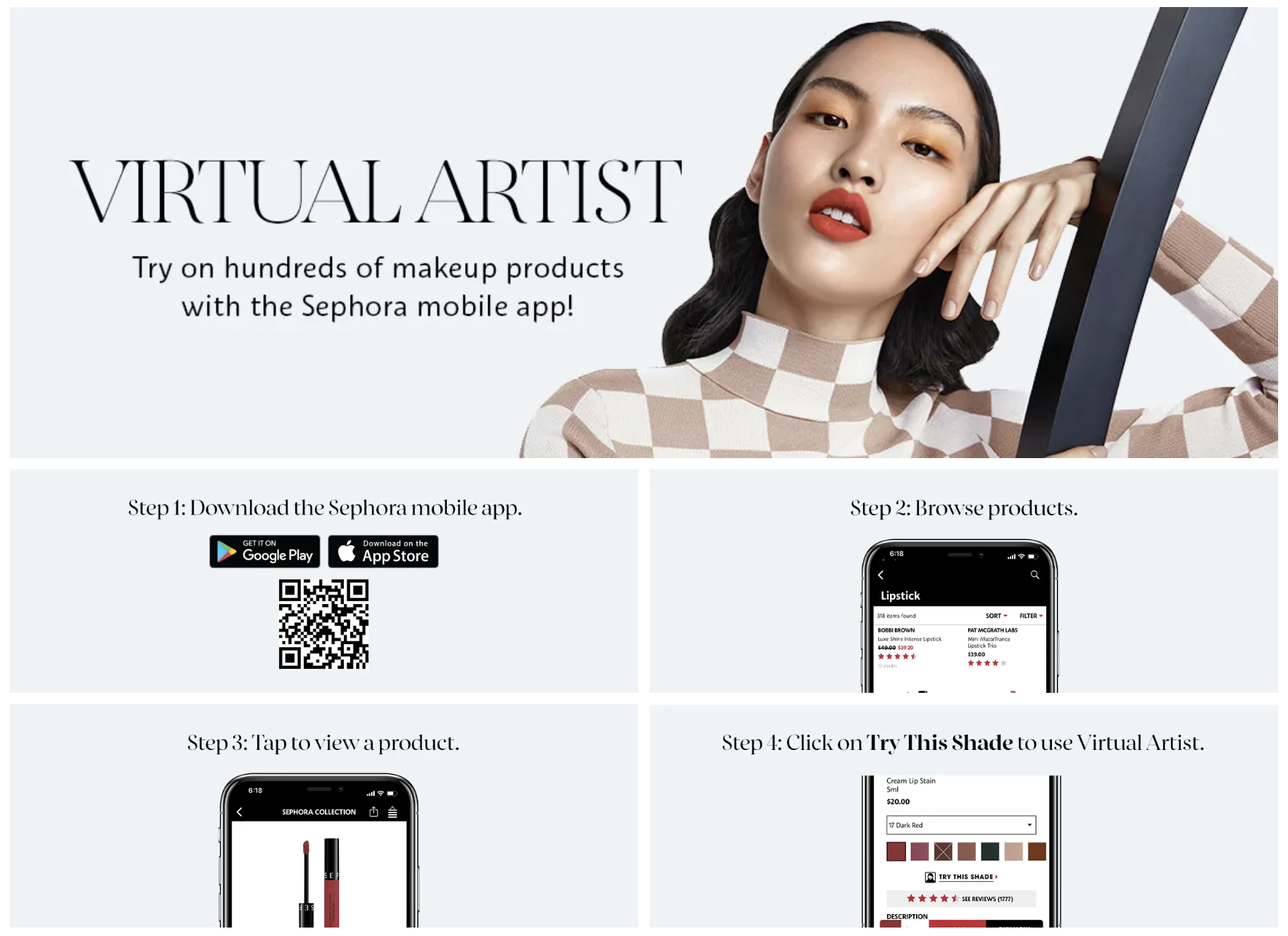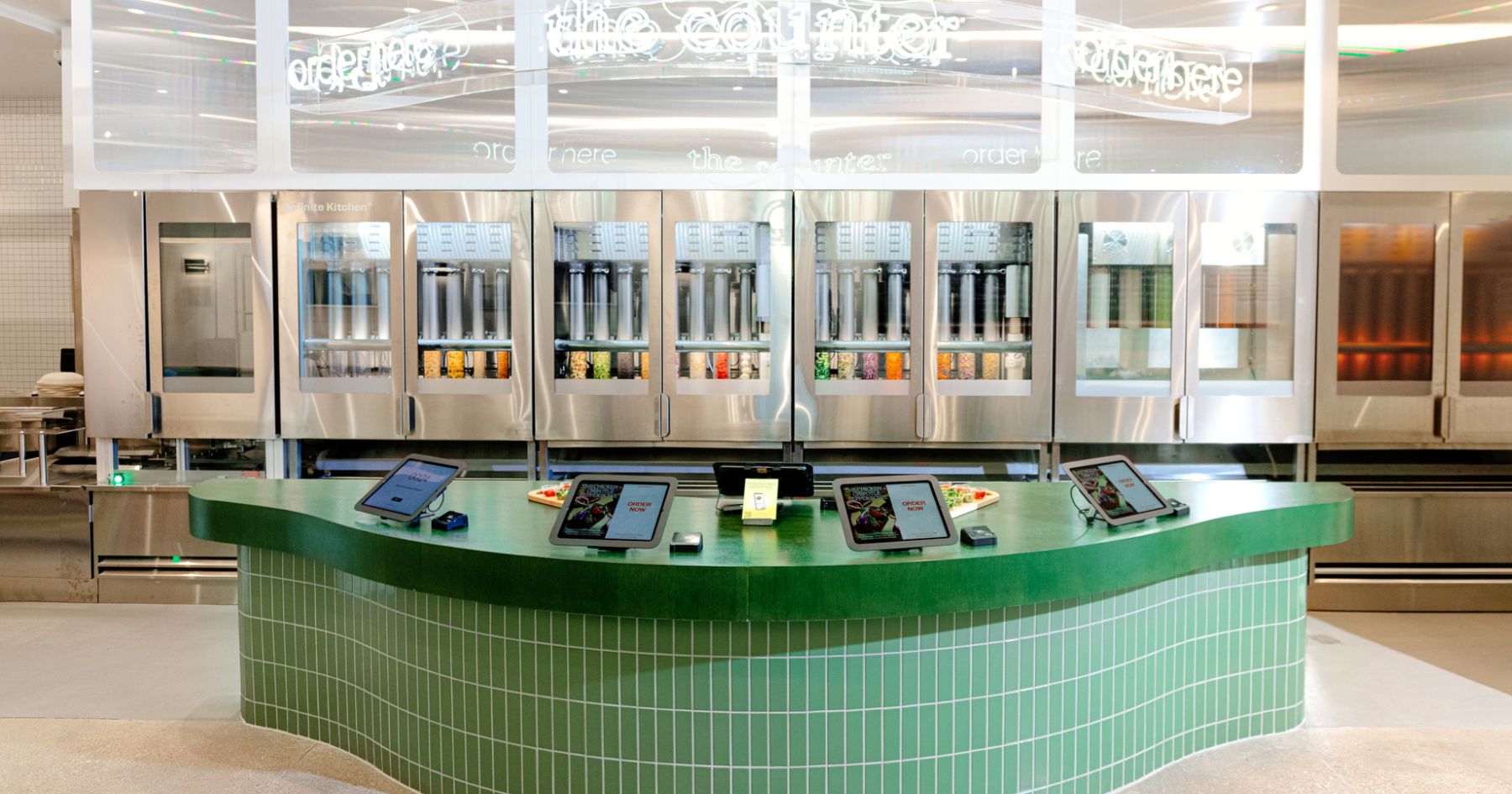Break Down Digital Barriers and Seamlessly Bridge Online and In-Store
As we mentioned before, connecting the dots between online and in-store experiences is vital to gain a deeper understanding of the customer journey and develop more targeted campaign strategies. Understanding the synergy between online and in-store experiences can also help you attribute the impact of your marketing campaigns more accurately.
By tracking the customer journey from the initial online interaction to the final in-store purchase, you can measure the effectiveness of your digital marketing efforts in driving foot traffic and conversions. In the following chapter, Iterable walks us through some of the latest advancements in seamlessly bridging physical and digital marketing and how those strategies can help drive performance.
Breaking Down Digital Barriers in Retail With Iterable
As a result of COVID-19, brands went through a digital transformation—adapting technologies and digital offerings faster than they would have without a pandemic. In fact, according to McKinsey, “The COVID-19 crisis has accelerated the digitization of customer interactions by several years.”
But, now four years post-pandemic, we’re seeing the temporary, heightened focus on digital has led to a see-saw relationship between in-person and online shopping—as one declines, the other is on the rise. For example, in a June 2022 article from CNN, they mention, “In May, online retail sales increased 2.2% compared with the same month a year prior,” they added, “In-store sales grew at a much faster clip of 13.4%.” Retail is in a perpetual battle to find the balance between online and in-store.
In 2024, however, we can expect retail brands to strive to reach equilibrium and not only equally prioritize both in-person and online shopping, but connect the two to create a cohesive customer experience.
Revisiting Phygital Marketing
As mentioned on the Iterable blog, “Phygital marketing, plainly put, is the combination of physical and digital marketing. More than just a portmanteau, phygital marketing speaks to marketing that bridges the gap and blurs the line between online and offline to create a holistic experience.”
And phygital marketing is more than just a trend—it’s becoming a necessity. According to Forbes, “Looking forward, e-commerce is forecast to account for 24% of global retail sales by 2026, with an appetite for in-store experiences living on for the remaining 76% of customers.”
But what is phygital marketing? It’s not just having the option to shop in-store in addition to shopping online, it’s bringing the two together in a way that creates a net-new experience.
Examples of Phygital Marketing
Phygital marketing is one of those concepts that’s hard to explain but you know it when you see it. It takes advantage of the strengths of both shopping in person—the senses: touch, smell, taste, etc.‚—and online—convenience and speed.
Take natively digital furniture retailer Wayfair, for example. With their new AI interior design feature, Decorify, they give shoppers the opportunity to see how furniture looks in their real space. Using augmented reality, shoppers can pick real furniture from the Wayfair catalog and place them in their room, mixing and matching to find the combinations they love.

Wayfair’s Decorify is an example of phygital marketing—bringing digital products into a physical space. Source: Wayfair.
Switching away from furniture, makeup retailer Sephora gives customers the ability to try on makeup at home via their app. Using a Virtual Artist, customers can take a photo of their face and the app will apply the selected makeup, allowing customers to see how it looks without going to a store.

Sephora lets customers “try on” makeup via their Virtual Artist. Source: Sephora.
Phygital marketing is also making its way to restaurants. With a focus on convenience and efficiency, restaurants like the healthy fast-casual Sweetgreen have started to create fully automated storefronts. By combining the speed of digital ordering with physical restaurant spaces, Sweetgreen is able to take more orders and collect more customer data while keeping its physical doors open.

Sweetgreen’s fully automated location is run by AI. Source: Sweetgreen.
While these examples specifically touch upon bringing the digital into the physical world, phygital marketing can take many different forms. Shoppers can both bring digital into physical and bring physical into digital.
The Future of Phygital
We’ve seen a lot of examples that involve bringing the digital into the physical—which makes sense in a post-pandemic world—but moving forward we’re going to see phygital marketing expand. As Insider Intelligence analyst Arielle Feger said, “When retailers are thinking about how to build out these channels, both digital and physical, they need to think about them as how they complement each other, and how they work together.”
Our prediction is that retailers will start relying on customer data to create seamless journeys from online to in-store. Instead of the goal just being to get shoppers into the store, the new goal will be to get shoppers into the store and continue building strong relationships. Feger notes, “When adding experiential or experimental tech in-store, it’s important to make it collaborative, as this can help consumers feel included in the creative process and like a part of the community.”
For example, maybe a customer of a clothing store adds an item to their online wishlist. When they visit a storefront the sales associate could recognize them, view their wishlist, and create a fitting room for them, pre-stocked with the items on the wishlist. The line between online and in-store will continue to blur to create fully cohesive cross-channel shopping experiences.